
It’s been particularly hard to avoid being swept-up in the wave of Death Stranding, ever since Hideo Kojima appeared on stage at last year’s Sony E3 conference and triumphantly declared to the cheering crowd – “I’m back”.
And with a bang, it seemed. The reveal trailer for Death Stranding was one of the most talked-about segments from a busy E3 show, and the follow-up teaser at TGA has resulted in even more questions and rumours circulating around Kojima Productions’ first independent project.
Kojima-san was in Australia for RTX Sydney and we were privileged to have the opportunity to sit down with him during his busy schedule to find out more about the ‘Strands’ gameplay, the reason behind using the Decima Engine, and how development was going on the project.
Has the idea for Death Stranding always been there, or is it something that has blossomed very quickly and developed based on the new collaboration with Sony Interactive Entertainment?
This is a question I get asked a lot. When we started our new studio, I came up with several ideas, but we chose to do Death Stranding because it answered the questions – “What game do I need to make now? What type of game does the market want now? What kind of game can we make? We really wanted to make something that was different. That was out-of-the-box, and Death Stranding was the answer to this.
Sometimes people have an idea from when they were a child, and they’ll turn that into a game when they’re an adult, but I don’t think that’s the way to approach the subject because every day our lives change. Society changes every day, and we need to make something that is topical and something that is in-line with the world that we live in now.
What type of game will Death Stranding be?
You can think of Death Stranding as an action game. Many people play games in the shooting genre and I want to make a game that is very intuitive for them so they can get into the experience very easily, but when they play it for a bit they will realise there is a certain new type of depth to it, something that they might not have seen before.
Can you tell us more about the gameplay?
I can’t really speak on that right now but in a word, it’s an action game – an open world game, with a lot of freedom. You have a lot of freedom of choice to do what you want to do and you can get in vehicles and so on. If you are a fighter, there’s plenty of opportunity for that. If you’re not that type of player, there are other ways to play this game. I can’t really say much more, but it’s an open-world, action game that’s very intuitive to play. Once you get into the world and start to explore more, we’re hoping there’s something there you’ve never seen before.
We have heard about the ‘Strands’ concept that is being introduced for this game, what does this mean, exactly?
Concerning the ‘Strands’, this is my 31st year in the games industry and I’ve been deep in action games across that time. In action games, generally, the player has a gun and plays against enemies in a single player environment – or they take it online and play against other players in a competitive environment. They join in together with guns – [laughs] it’s almost always with guns – to take down a stronger opponent. In this game you can do that but I wanted to go a little deeper beyond that with something that doesn’t focus on a weapon like a gun and that’s what has a connection to the strand concept.
It has also been said that Death Stranding will feature a new type of online play, differing from the traditional. Can you tell us more about this type of gameplay?
Again, this is something that we can’t say a lot about at the moment but if you want to play the game stand-alone, without an online component, that’s perfectly fine. We do have an online component and, again, it’s different as there will be something different versus what most people expect from an online game. A lot of games have a ‘campaign mode’ and once you’re done with that you take it to the online mode. This game is not that kind of structure.
During your studio tour with Mark Cerny, did you have a vision of what you were looking for in a game engine already?
We visited 15 studios around the world with Mark Cerny, and after this we spent another 6 months visiting other studios of people that I know. In total we visited 30 studios looking for the engine. I had a vision for the type of engine that we needed because I knew the type of game that I wanted to create.
So, first, I knew that I wanted to create an open world game, so the engine had to support an open world game structure. As far as the visuals were concerned, I was looking for very photo-realistic presentation, so the engine had to be able to support those types of visuals.
Also, the tool-set had to be easy to use. With some engines, the tools are behind a ‘black-box’ and for our purposes we needed to be able to optimize and edit the tools. These were the conditions we had when looking for the engine. As you know there are some commercially available engines and these are the ones with the ‘black-box’ type structure.
And what specifically led to the adoption of Guerrilla Games’ Engine?
I visited many studios all around the world, meeting many great people. Guerrilla Games in Amsterdam: their technology was just a league ahead of everywhere else. Even though they have an open world they are able to render very rich scenes with many objects. As you know their upcoming game Horizon Zero Dawn, which is coming out in February, has an artistic sensibility, particularly with regards to the use of color, whereas we’re looking for a very photo-realistic sensibility.
Their engine is built for their purposes, for the game that they wanted to create, and as I said we wanted to create a game that even at the very base levels looks very different from that, so we needed to test it to see how far we could tune their engine to fit our purposes.
Usually when you go to use, buy or borrow an engine, someone will say, “Lend us your name,” or of course ask for payment. We had no contract with Guerrilla Games, but when we met them they suddenly gave us a box, a very pretty box. When we opened the box, there was a USB dongle inside that had the source code for the engine.
Keep in mind we had no contract or anything at this stage, yet still they handed over what was basically the crystallisation of their efforts over many years. They simply said, “Mr. Kojima please use this engine,” and we thought these people are incredible.
There was one condition though, that Kojima Productions doesn’t just use the engine, but that we develop the engine together with Guerrilla Games, that it should be a collaborative effort. So we were really blown away by their stance on this and being so open with the engine and we thought “Wow, these are the people we have to work with.”
How has this collaboration with Guerrilla Games grown since first adopting the engine?
We were looking for a realistic presentation (for TGA), so we had to make changes to the tools and other adjustments to the engine. Over the course of 6 months we passed the code back and forth between Guerrilla Games and Kojima Productions, working off the same code base. At this point our code had completely merged together.
It was different from the engine they originally gave us, so we decided we should give this new engine a name. That’s when we came up with the ‘Decima’ name (derived from Dejima – an artificial island in Japan where The Netherlands and Japan would trade during the Edo period). I really feel that with both of us working on this engine we are accomplishing the work at twice the speed and building something really fantastic.
Norman Reedus and Mads Mikkelsen are working on this project, so can we expect more Hollywood stars to be revealed on the project in the future?
Unfortunately, we can’t really say anything with regards to Death Stranding at the moment, but I feel like this type of method (working with Hollywood stars and actors) in games is going to become the norm in the future. Creating movies and creating games like this, the process is very similar.
Was the part of the protagonist written with Reedus in mind?
When I went independent and I was thinking about my first game in my head, I did see Norman playing this character. The visuals of this character were based on using Norman Reedus as the precedent.
Finally, can you tell us how development is going so far?
As you know, we have a new office in Tokyo and we’re still hiring additional staff to work with us. We’re still running tests on the game, but we have made it to the stage where we have the framework worked out. This year is all about hardcore production and development, so please look forward to the fruits of our labor further down the road.
We certainly will, Kojima-san.



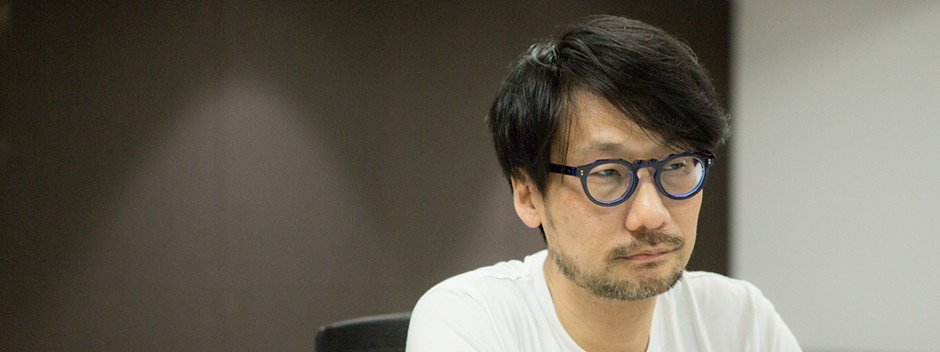

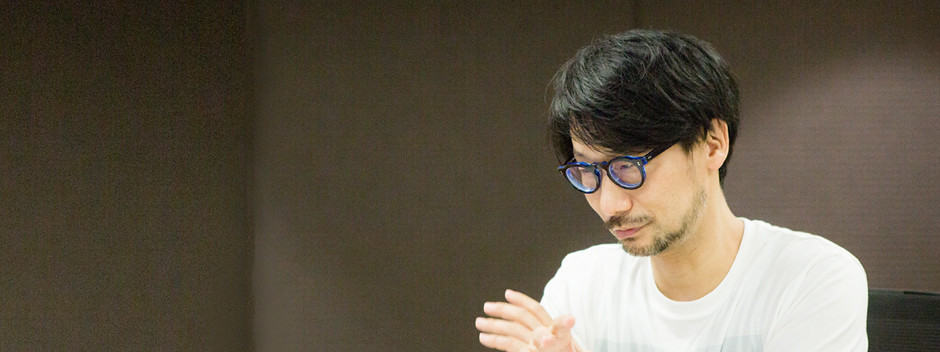
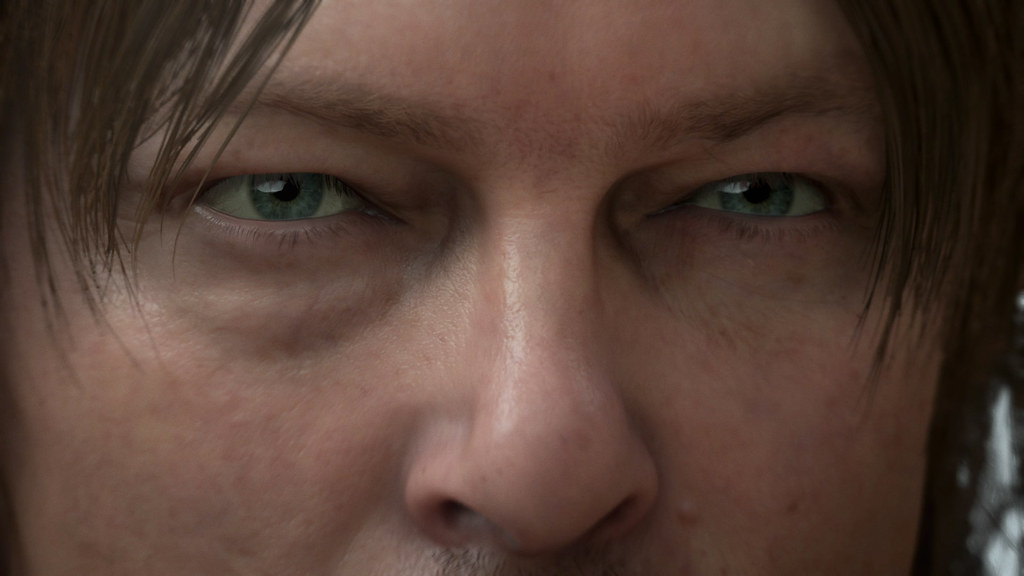

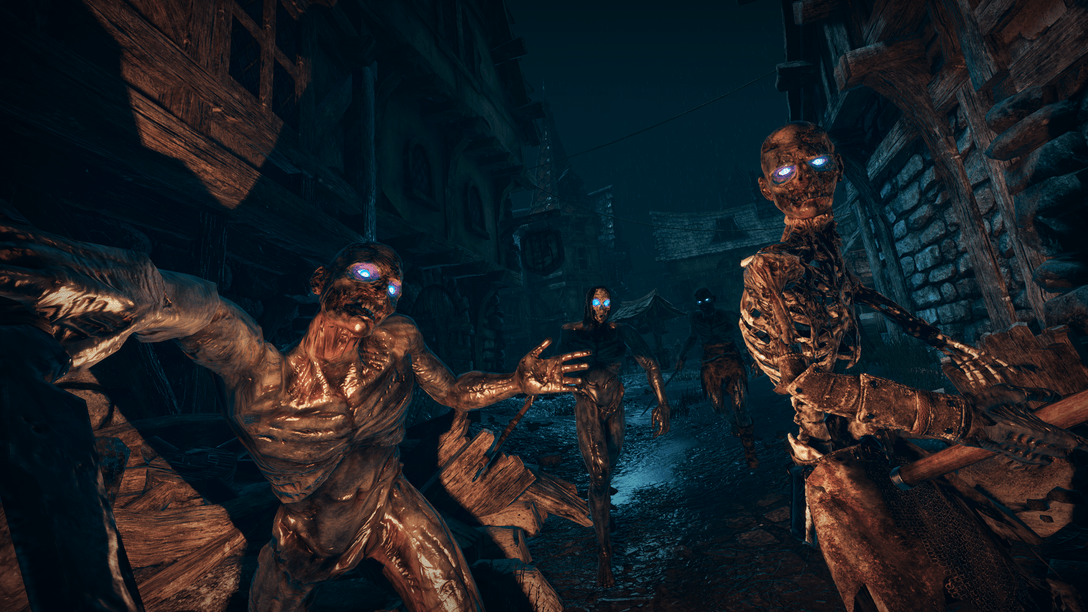
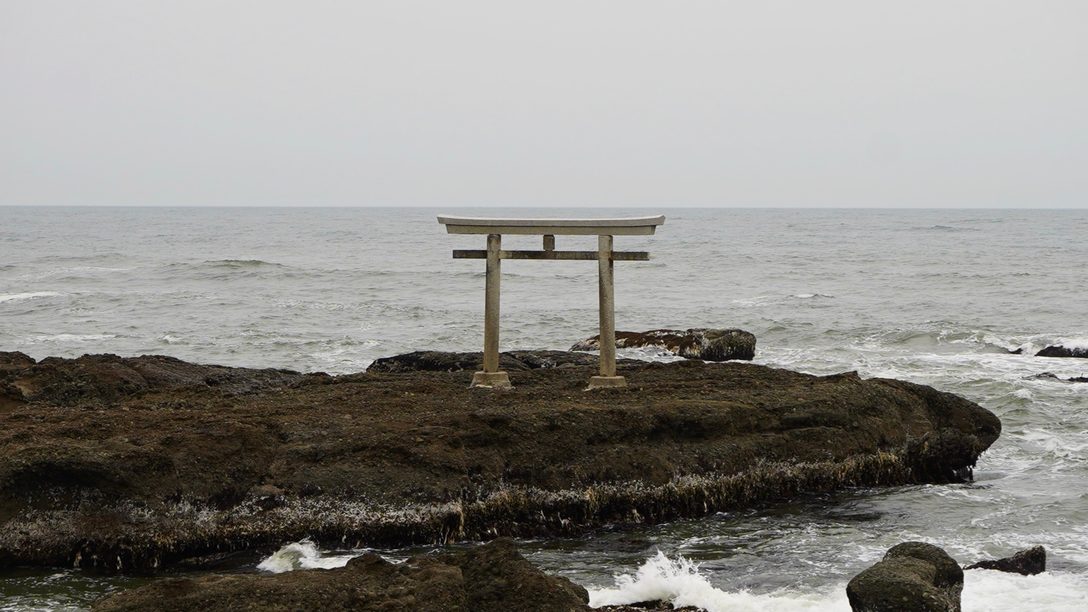
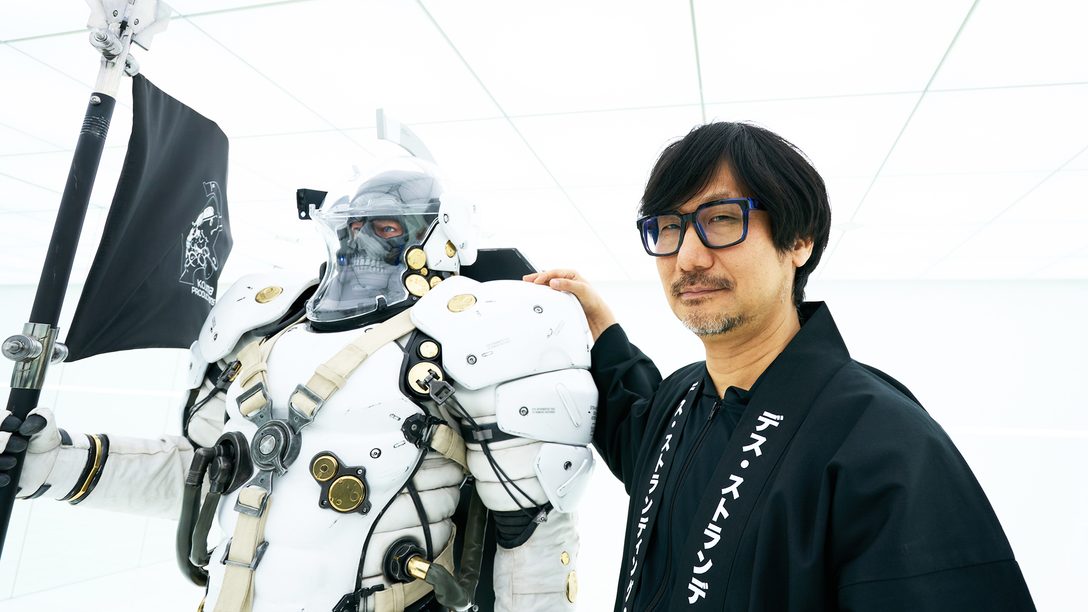




Comments are closed.
25 Comments
Loading More Comments